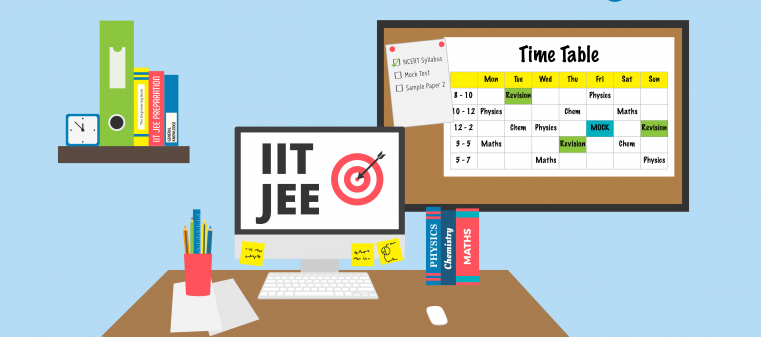All about changes in JEE 2020
If you intend to appear for this competitive examination or know someone who is, here are some of the changes that you ought to be aware of:
1. Up until now, the JEE examination was being conducted by the CBSE. However, from this year onwards the National Testing Agency will be conducting the exam.
2. While the examination was previously conducted once a year, from JEE 2020, they will be held twice a year. In January and then April.
3. Students will now be allowed to appear for either one or both the sessions, and only their best score will be considered final.
4. The number of questions to be asked in the exam has been reduced from 30 to 25, and out of the 25 questions, 20 will be multiple-choice, and 5 will be numerical questions.
5. Mathematics, physics and chemistry will be given equal weightage. Each question will be for four marks and for objective type questions, one mark will be deducted for every wrong answer while for numerical-type questions, there will be no negative marking.
6. While mathematics and aptitude papers will remain common to B.Planning and B.Arch aspirants, there will be no drawing paper for B.Planning aspirants and candidates instead will have to take a paper of 25 multiple choice question on planning.
7. The drawing test for B.Arch, which is now for 100 marks, used to have three questions earlier. Henceforth, it will have only two questions. The B.Arch paper will carry 77 questions instead of 81.
8. The B. Planning paper will have 100 questions in total, carrying a maximum mark of 400.
9. For the first time in the history of JEE mains, the B. Planning exam will be held separately. Its exam pattern is that it will also have three parts?—I, II, III?—that will be Mathematics (just like in B. Arch), the Aptitude test (also like B. Arch), and Planning based (multiple-choice) questions.
10. This year onwards, having a lesser number of negative responses in the paper can help a candidate secure a good rank in case there is a tie.
In allowing candidates to appear for the examination twice, the intent is to help them get a feel of the examination pattern and encourage more students to take the test.


